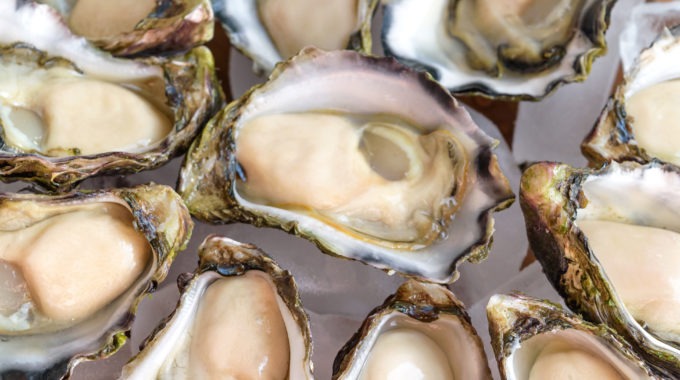NSW oysters: enduring in adversity
As any oyster lover can attest, it doesn’t take long to slurp your way through a dozen delectable Sydney rock oysters. A matter of minutes, if you’re feeling particularly reckless. So it might surprise you to learn that it takes around three years for an oyster to reach peak plump and juicy maturity. And while the Sydney rock oyster is remarkably hardy, it still faces any number of environmental threats. These can also jeopardise the livelihoods of the farmers who work so tirelessly to bring these delicacies to our plates.
Oyster farming has been the most valuable aquaculture industry in NSW for over a century. But in the past few years, NSW oyster farmers have been put through the wringer on a regular basis. Drought, bushfire, flood and heavy rain have dealt blow after blow. In some cases, this has led to farmers losing not just all of their oysters, but their gear and infrastructure as well. They then face several years of hard work as they rebuild.
“I think any NSW oyster farmer who said they haven’t been impacted by what we’ve faced over the last couple of years would be lying,” says Pip Boyton, who owns Merimbula Gourmet Oysters with her husband, and is also Procurement Manager for oyster farming collective Australia’s Oyster Coast. “We faced horrendous bushfires, where we had to not only protect our homes, but also our farms. And in most instances, choose which one we were going to save. Then we had to deal with the environmental effects of the bushfires.”
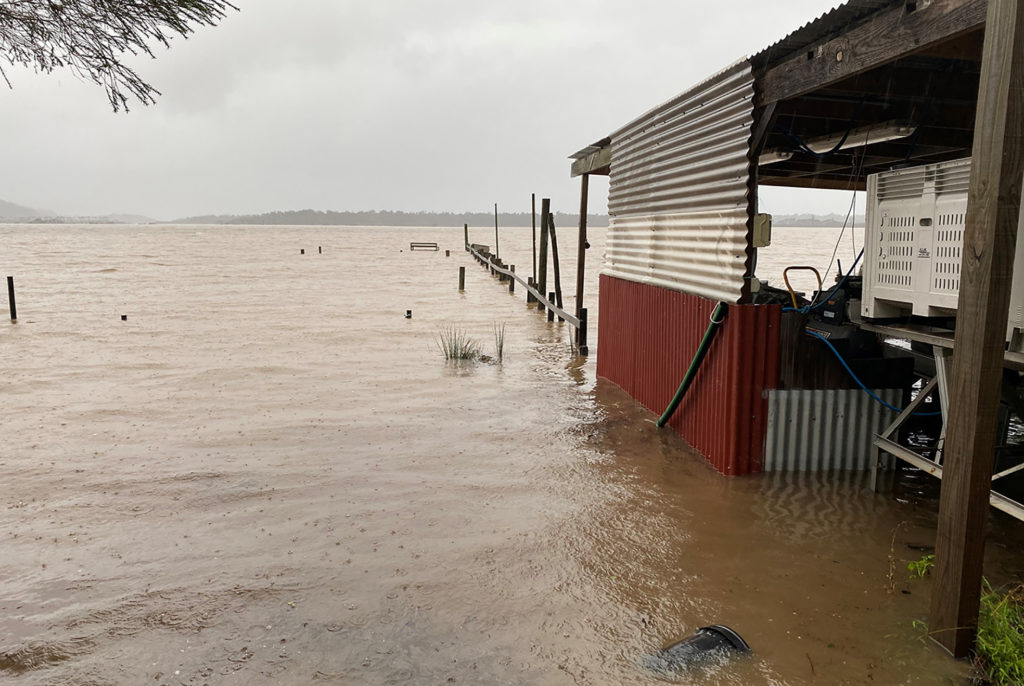
Fire and the flood
Many people might think that oysters would be unharmed by bushfires because they’re grown in water. But oysters are filter feeders, which means they extract nutrients from the water they live in. This makes them highly susceptible to water pollution, such as that caused by ash from fires or mud, debris and silt run-off from floods and heavy rains.
Before the bushfires, there was a prolonged drought, which also affects water conditions. Oysters are farmed in estuaries – sheltered bodies of water where saltwater and freshwater mix. In a drought, freshwater becomes less prevalent, leading to higher water salinity. This can be particularly damaging to oysters in the early stages of development.
“After the bushfires we then had flooding,” Boyton continues. “Because a lot of the waterways were razed right down to the foreshores, the ash flooded into our estuaries. This further damaged our infrastructure, on top of already having everything smothered in ash from the bushfires. With this amount of debris, the water quality can be affected.”
Todd Graham, Chair of the NSW Farmers Oysters Committee who also farms oysters on the Macleay River, says that at one point, the entire state was closed for oyster harvesting.
“You have to test the water,” he explains. “It has to meet a certain quality before you can sell your oysters. You also have to send a meat sample away for testing. If everything comes back negative and all clear, then you can open for harvest.”
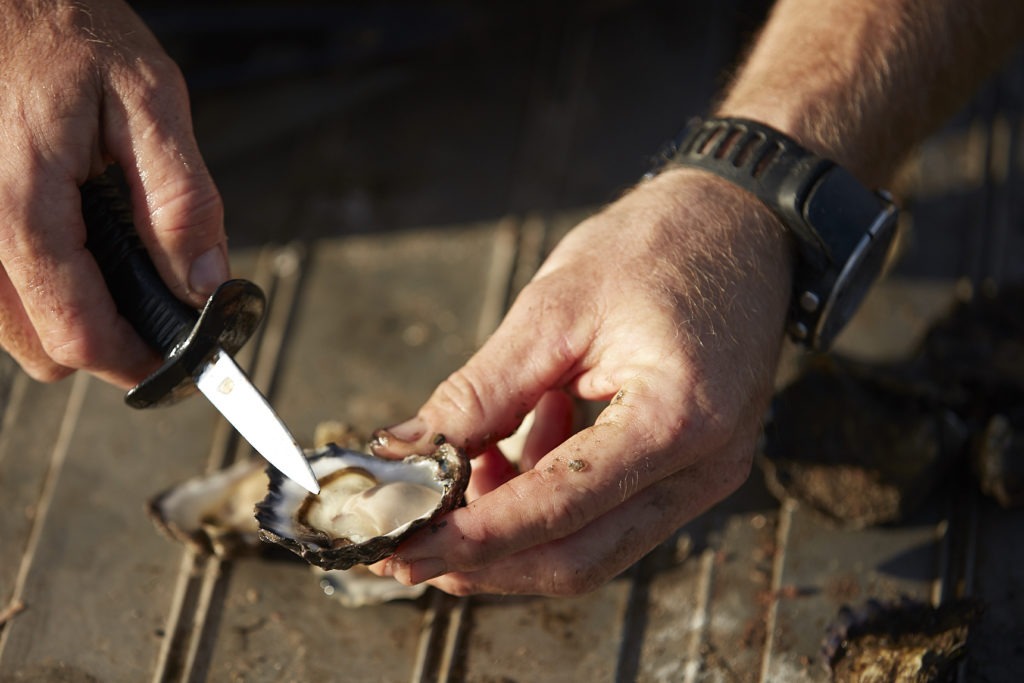
Sorry, we’re closed
Of course, being approved to open for harvest doesn’t mean much if the entire state is locked down due to a global pandemic and all the restaurants are closed.
“Restaurants are hugely important for oyster farmers’ trade,” Graham says. “Most farmers will sell to a processor, then the processor on-sells them to fish markets, seafood retailers and restaurants. But restaurants are where the bulk of oysters go. So when all the restaurants in Sydney or Melbourne are closed, that has a huge effect on everyone.”
While online oyster sales did fairly well during the last big lockdown in 2020, this time around things have been different, with sales dropping by as much as 50 percent.
“It seems like people either don’t have as much money as they did last year when COVID first hit, or they aren’t as willing to spend their money,” Graham says. “Online sales help, but they really just pay some of the bills. What we need is the restaurants to open again.”
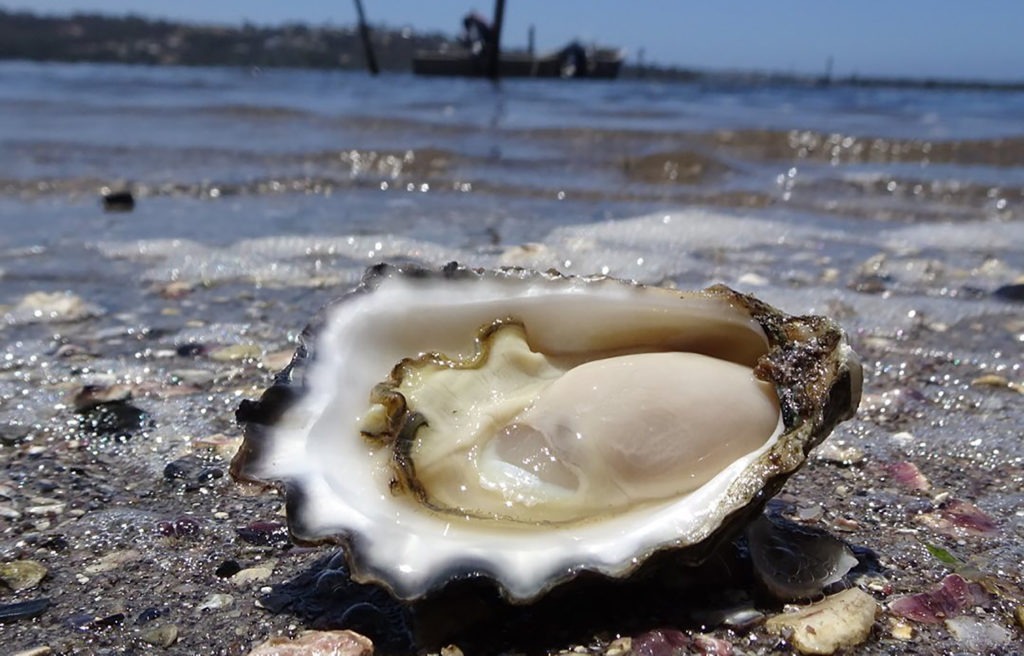
Much supply, no demand
Mature oysters normally reach prime condition in spring, which is peak oyster harvest season. But with lockdowns looking to drag on through September, this puts the 2021 Sydney rock oyster harvest season in doubt, and farmers’ incomes in jeopardy.
“Winter is normally a slower time of year, with a smaller number of oysters available,” Graham says. “I’ve spoken to processors about this, and they’ve said that right now, things aren’t too bad. What’s available is pretty much getting sold. But if the restaurant closures continue into spring, when oysters really start to come into condition, the processors are a bit concerned that they’re going to have an oversupply of oysters and no demand.”
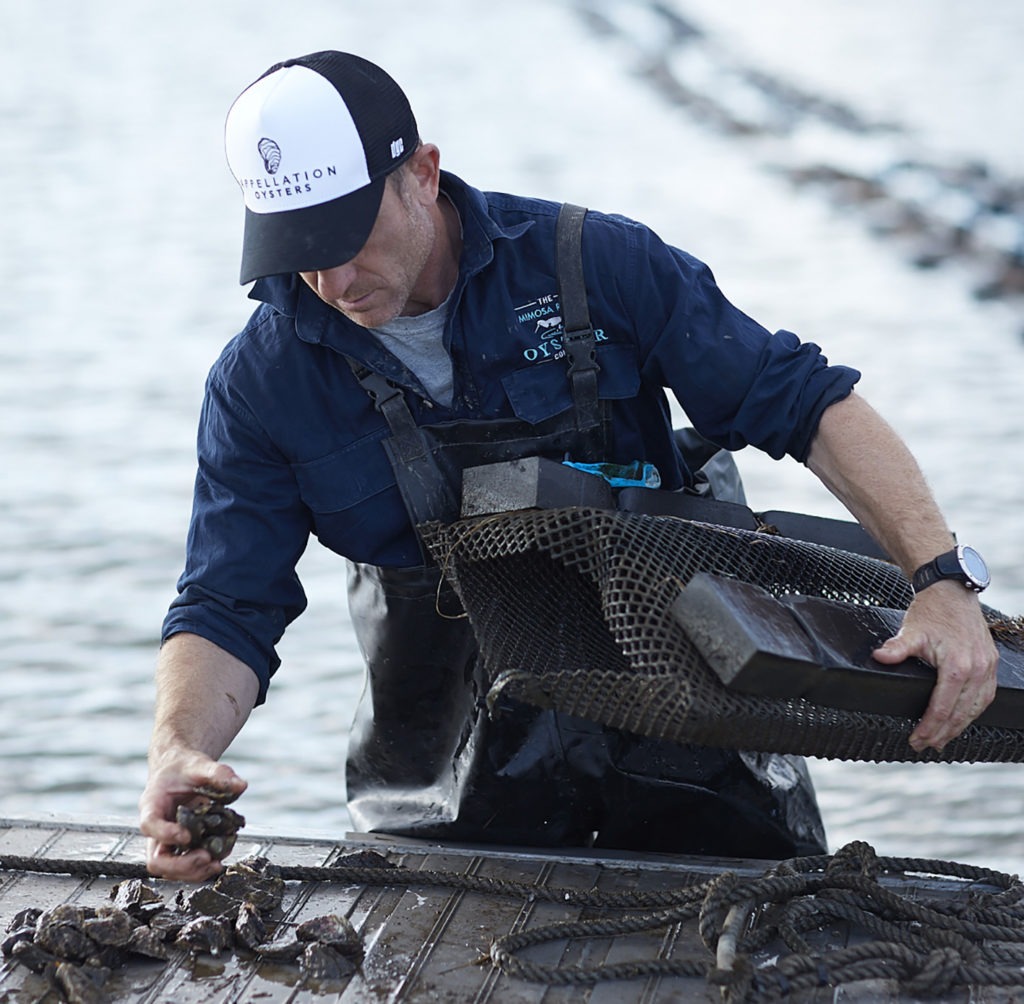
Long live the oyster
So what does this mean for the oysters ready to harvest – do they just go to waste? Fortunately, no. Unlike fresh produce such as fruit, which must be picked when it’s ripe, Sydney rock oysters will happily stay in the water and just keep on growing.
“There’s no use-by date,” says NSW oyster farmer John Blankenstein of Mimosa Rock Oysters. “It takes us a minimum of two and a half to three years to get a rock oyster to the farm gate, but that oyster in nature will live for as long as 10, 12, 14 years. Sure, there’s mortality, but that oyster is always happy to just continue to grow.
“As far as native produce goes, our oysters are world class. You look at the Pacific oyster which is introduced from Japan – it rolls over any chance it gets, like it just wants to die. The rock oyster doesn’t – it’s resilient. It could almost be a metaphor for the Aussie spirit.”
Incredibly, Sydney rock oysters can survive out of water for up to a month, under the right conditions. They can also be put back into the water and continue to grow after they’ve been harvested, which Graham has had to do on several occasions.
“What’s happened to me a few times now is that oysters have been ordered from Melbourne, they’ve been sent with the courier, and while he’s on his while down there, a snap lockdown is announced,” he says. “So they get sent back up. Luckily, you can transport them, bring them back, put them in the water and they will survive. You might lose a few, and it’s a bit of hassle, but at least you’re not losing everything.”
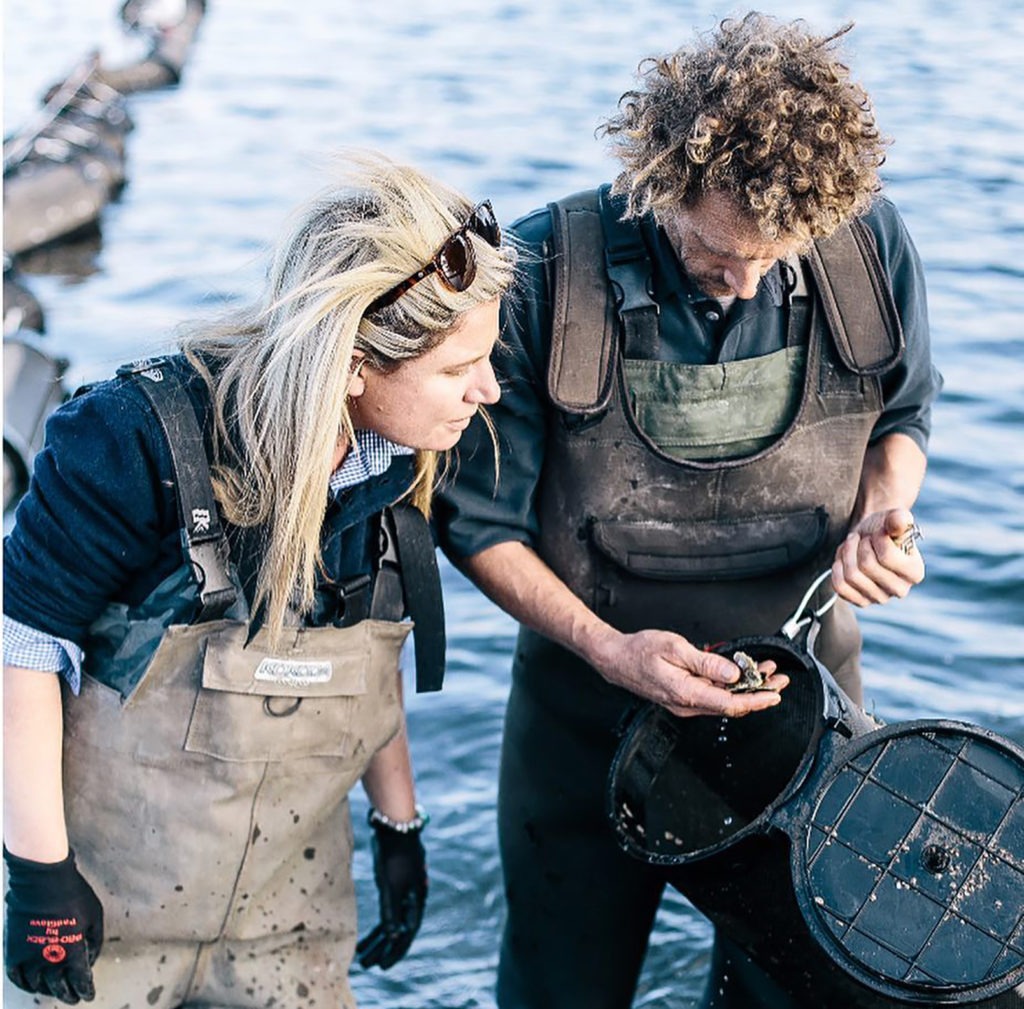
Rolling with the punches
Just like the oysters that they grow, NSW oyster farmers have shown themselves to be extraordinarily tenacious. Despite the many challenges they’ve faced, Graham says he doesn’t know of any farmers who’ve decided to just pack it all in and leave the industry.
“I don’t know if we’re very stubborn or very optimistic,” he says. “We all seem to think, well, it’s just going to turn. It’s got to turn soon, because we’ve had this much bad luck.”
Any farmer will tell you that bad luck and bad weather are all part of the job description. And as Blankenstein says, it’s in a farmer’s nature to just keep on keeping on.
“In farming, there’s always something that needs tending to,” he says. “Then something happens, and you get knocked back. But that breeds resilience and strength of character. As farmers, you have to endure as nature endures; that’s just part of the cycle.
“You have to be positive. Sure, we’re hurting, but we still have a market, and within the industry, we’re all doing our bit. It could be better, but it definitely could be worse.”
Boyton agrees that farmers are naturally a resilient bunch, but believes oyster farmers to be particularly so: “I like to think we’re as tough as nails,” she says.
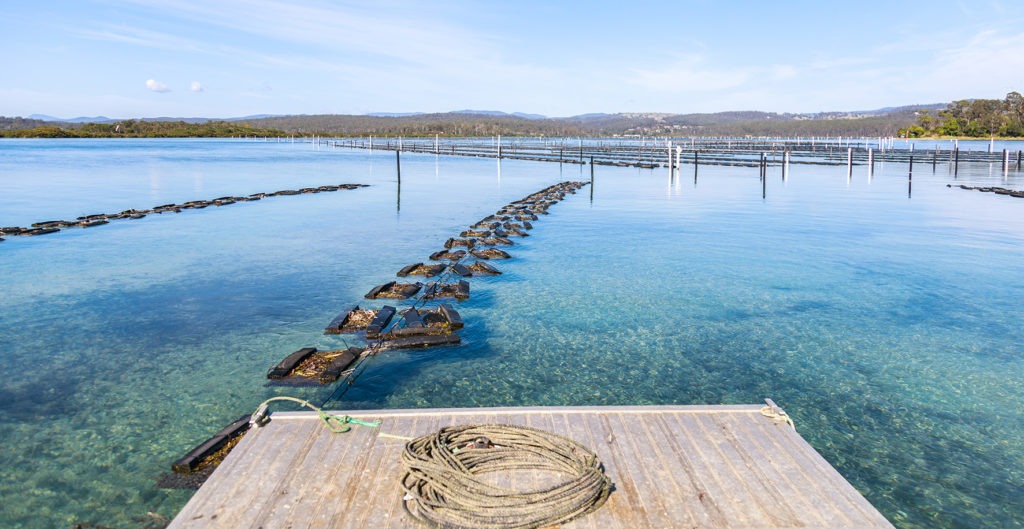
Trouble ahead
Even after farmers recover their losses from fires and floods and the restaurants reopen, there’s still another threat facing the oyster industry: climate change.
“We farm oysters in coastal estuaries, and so we see the climate change – rising sea water, rising sea temperatures,” Boyton says. “We like to say that oyster farmers are the stewards of the waterways, because we’re on it so frequently. As oysters respond to any environmental changes very quickly, we’re normally the first people to see it.
“We don’t feed our oysters; they’re completely organic. What Mother Nature gives us is what we get out. And so, when we see changes within their natural environment, whether it be water levels rising or the water temperature climbing, it changes our growing seasons.”
Boyton and her husband recently starred in the documentary Oyster, which won Best Environmental Feature Film at the 2017 Chesapeake Film Festival in the US. The film followed the pair for three years, exploring the impact of climate change on their business.
“Climate change is definitely a threat to our industry, but if you watch Oyster, you’ll see that it doesn’t really matter what Mother Nature throws at us,” Boyton says. “I certainly didn’t realise it until I watched the film. How resilient we are and how we respond to any environmental challenges, whether that be floods, east coast lows, water contamination.
“We seem to rebound very quickly. I like to think that, as much as climate change is a threat, will oyster farmers be able to adapt and continue? Yes, we will.”


